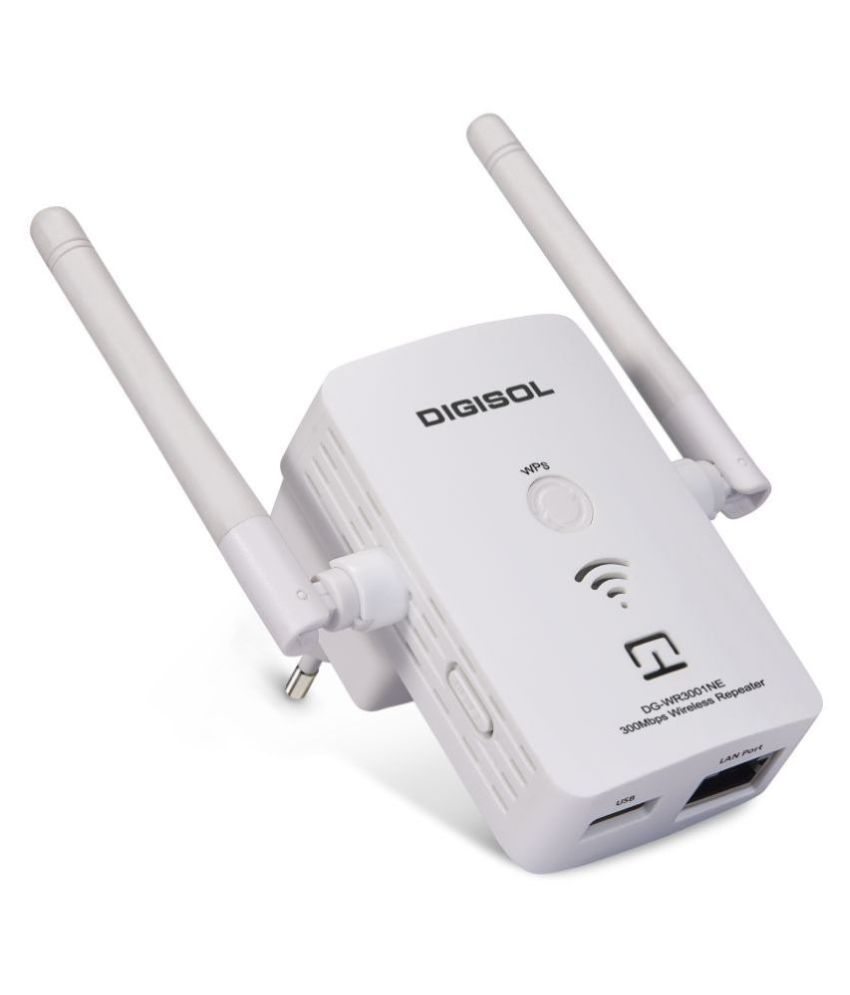
How Do I Choose a Signal Booster for Rural Areas? FCC certification means the signal booster is compliant with regulations, performs as claimed, and doesn’t interfere with carrier signals. Some countries prohibit signal boosters, but you’re free to use them to maximize carrier coverage in the United States if they’re FCC-approved. With better cell phone service in remote areas, you have essential and discretionary services at your fingertips, including emergency response, GPS navigation, online courses, telemedicine, remote health monitoring, banking, shopping, and entertainment.

An external antenna detects and captures cellular signals from outside your home, vehicle, or building.Signal boosters draw in weak signals and amplify them up to 32 times, creating robust, reliable coverage for your mobile devices. However, a cell phone booster can’t create a signal if there isn’t an existing one.

Your smartphone or tablet might not detect the faintest signals, but weBoost signal boosters have powerful antennas. Do Cell Signal Boosters Work in Rural Areas?Īs long as there’s a cellular signal outside of your residence, vehicle, or office, you can strengthen it with a cell phone signal booster. Until then, people in remote areas can improve their mobile connectivity with a cell signal booster. The FCC is trying to achieve universal broadband and advanced mobile coverage.


A cell phone signal booster can bring your poor-signal dead zone to life. One strategy for improving connectivity in non-urban areas - besides climbing up a hill to a ridge - is to use a cell signal booster for your home, cabin, farm, office, or vehicle. We all depend more and more on reliable cellular service for making calls, texting, working and studying remotely, and shopping online. But the needs for connectivity are just as great in your neck of the woods as they are in the big city. The most advanced wireless technologies have yet to reach smaller, less-developed communities. In remote areas and rural communities, poor reception, slow downloading speeds, and missed SMS messages can be common. While 97% of Americans own a mobile phone, cellular coverage throughout the country is uneven. A substantial digital divide persists between rural and urban areas.


 0 kommentar(er)
0 kommentar(er)
